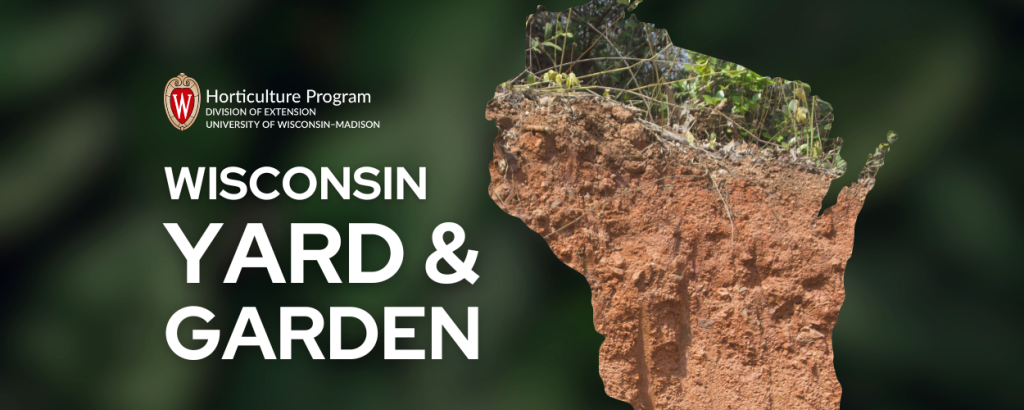
Soils are the foundation of gardens and landscapes, featuring characteristics that vary among locations in Wisconsin. Success when growing plants is very closely related to soil conditions, which are a result of numerous factors that started as far back as the ice age.
Soil formation processes begin with parent material, which eventually transforms into what we recognize as soil. With just a couple of exceptions, parent material consists of some form of rocks, varying in size from boulders to smaller than sand, left in place after activity of glaciers, water, wind, or gravity. Glacial deposits are the prevalent parent material throughout Wisconsin, as are flood deposits, ancient lakes that dried up, and windblown silt deposits known as loess.
Once parent material is in place, the lengthy process of soil formation begins. Rock needs to be broken down to soil particles known as sand (largest size), silt, and clay (smallest size). This is achieved through both physical and chemical weathering processes. Physical weathering includes action of water, wind, and freezing/thawing cycles breaking larger rock into smaller and smaller pieces. Chemical weathering involves countless reactions including water and acids reacting with the chemistry of rock materials.
Once plant and animal life become involved with weathering parent materials, soil development processes are accelerated. As time moves on, layers called horizons develop, the result of compounds accumulating or disappearing as water moves through soils. Topography, vegetation, and precipitation all influence horizon development.
Starting at the surface is the A horizon, typically biologically active, fertile, and best for plant growth. Often called topsoil, this layer features organic matter along with a good mix of particle sizes, known as texture, found in a favorable arrangement, called soil structure. Examples of terminology associated with soils ideal for plants include loam or silt loam texture with granular structure. Surface horizon depth is greater in soils developed under prairies compared to forests.
Immediately below A horizons are B horizons, created as water leaches various compounds out of the surface horizon. Often called subsoil, B horizons have the most clay accumulation. Under B horizons lies the C horizon, which still has the characteristics of the original parent material, such as gravel or sand associated with glacier deposits.
Landscape and garden plants growing in soils with undisturbed well-developed A horizons usually flourish. Unfortunately, original A horizons often are removed or destroyed during home construction, leaving subsoil or variable quality soil fill in its place. Those soils need to be amended to try to recreate the ideal A horizon. This is why amendments such as organic matter are widely recommended for improving or managing yard and garden soils.

About the Author
Bruce Spangenberg is a Horticulture Outreach Specialist with UW-Madison Division of Extension. Get answers to your lawn, landscape and garden questions anytime at “Ask Your Gardening Question.”




